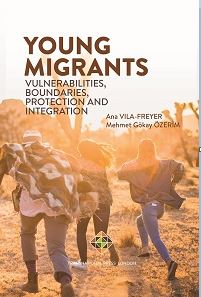Relational Proximity, Boundary-Making and (Im)Mobility: Migrant Children’s Narratives of The Streets in Ashua and Rabat, Morocco
Relational Proximity, Boundary-Making and (Im)Mobility: Migrant Children’s Narratives of The Streets in Ashua and Rabat, Morocco
Author(s): Chiara Massaroni
Subject(s): Migration Studies, Asylum, Refugees, Migration as Policy-fields
Published by: Transnational Press London
Keywords: Relational; Proximity; Boundary; Mobility; Migrant; Migrant Children's; Ashua; Rabat; Morocco;
Summary/Abstract: Children spend most of their time in three mainly institutionalised settings: school, home and recreational institutions (Rasmussen, 2004). In the Majority World,1 they also often spend a substantial amount of time supporting the family through work, often outside these three areas, such as in the fields. In both the Majority and Minority Worlds, the street is a fourth – or fifth – place that children occupy, either on their journey from home to one of these institutionalised settings, or as a play space in itself.
Book: Young Migration. Vulnerabilities, Boundaries, Protection and Integration
- Page Range: 69-83
- Page Count: 15
- Publication Year: 2020
- Language: English
- Content File-PDF

